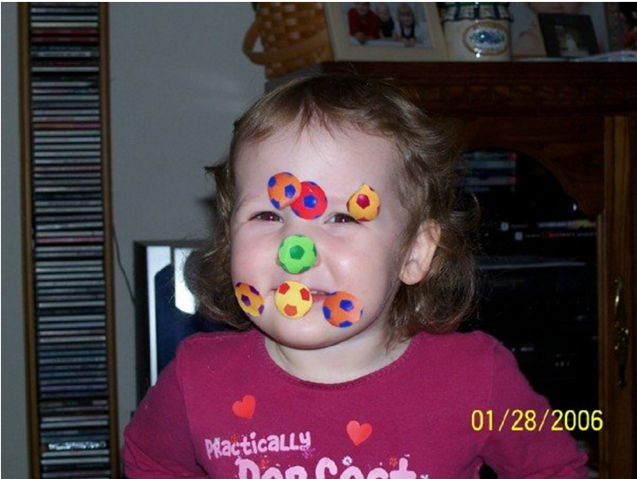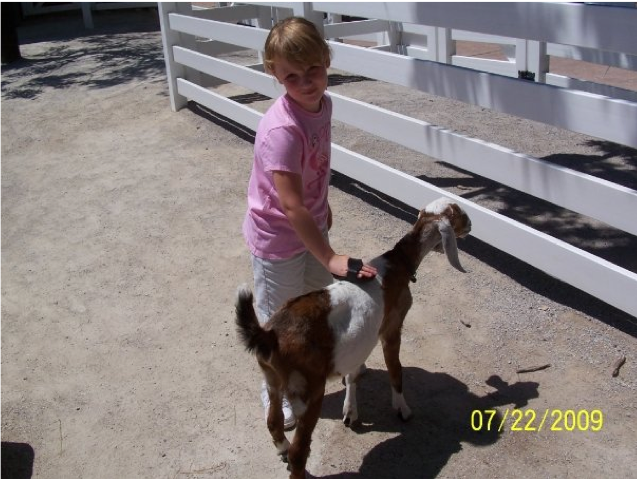Question
What are behavior reflections?
Answer
Behavior reflections, one positive verbal strategy to use with children, are nonjudgmental statements made to children regarding some aspect of their behavior or person. This may include:
- Show interest
- Provide narration
- Should be non-threatening
- Assist in receptive language skills
- Help adults begin an interaction.
They are really simple to use. You have probably used them already but did not call them this. This is a simple statement made when you see a child doing something. It is a statement narrating what they are doing. It is nonjudgmental. It is a way to show interest. For example, “I see that you are doing this (stacking blocks, rolling play dough, etc.).” It gives them some language that helps describe what they are doing and it is presented in a way that is nonthreatening.
It is not saying, "Oh, you are doing this and you should not be doing this." It is simply stating what you see a child doing. It helps children be able to hear language and to describe what they are doing. They may not know exactly what to call what they are doing, but when you put that label on it, it helps them think, "Oh, okay. I know what that is now. I have heard that word before and I keep hearing it and it must mean what I am doing." It also helps adults begin an interaction. If you use a behavior reflection, children sometimes may say something back to you and it may begin a conversation.
To formulate a behavior reflection, begin by making a statement to the child about what they are doing. Direct it to the child and then wait and see what happens. It is not necessary to word this as a question because we are not questioning the child's behavior, we are just stating what we see the child doing. Use descriptive nonjudgmental vocabulary as part of the statement.

Figure 1. Young girl with stickers on her face.
Let's look at a couple of examples. Figure 1 is actually my daughter, Samantha, with stickers on her face. I remember I was working on something and she popped around the corner and had these stickers on her face. A simple behavior reflection, if you are faced with a child that has done something to themselves is simply, "You have stickers on your face." For some reason, I tend to say, "Oh, you have stickers on your face." I do not know why I always act surprised with my behavior reflections, but that is just a pattern that I fall into. It is simply stating what you see the child doing. It is not, "Get those off your face. Those belong on paper." It is just simply, "You have stickers on your face." Or I could even elaborate and say, "You have soccer ball stickers on your face."

Figure 2. Young girl brushing a goat.
Figure 2 shows Samantha brushing a goat. A simple behavior reflection could be, "You are brushing the goat," or, "I see you are brushing the goat." It does not have to be, "What do you think the goat thinks about you touching them?" It is just simply, "You are brushing the goat. I see you are brushing the goat." That is all you have to do. It is super easy to formulate behavior reflections.
This Ask the Expert is an edited excerpt from the course, Positive Verbal Strategies for Connecting with Children, presented by Amber Tankersley, PhD.
